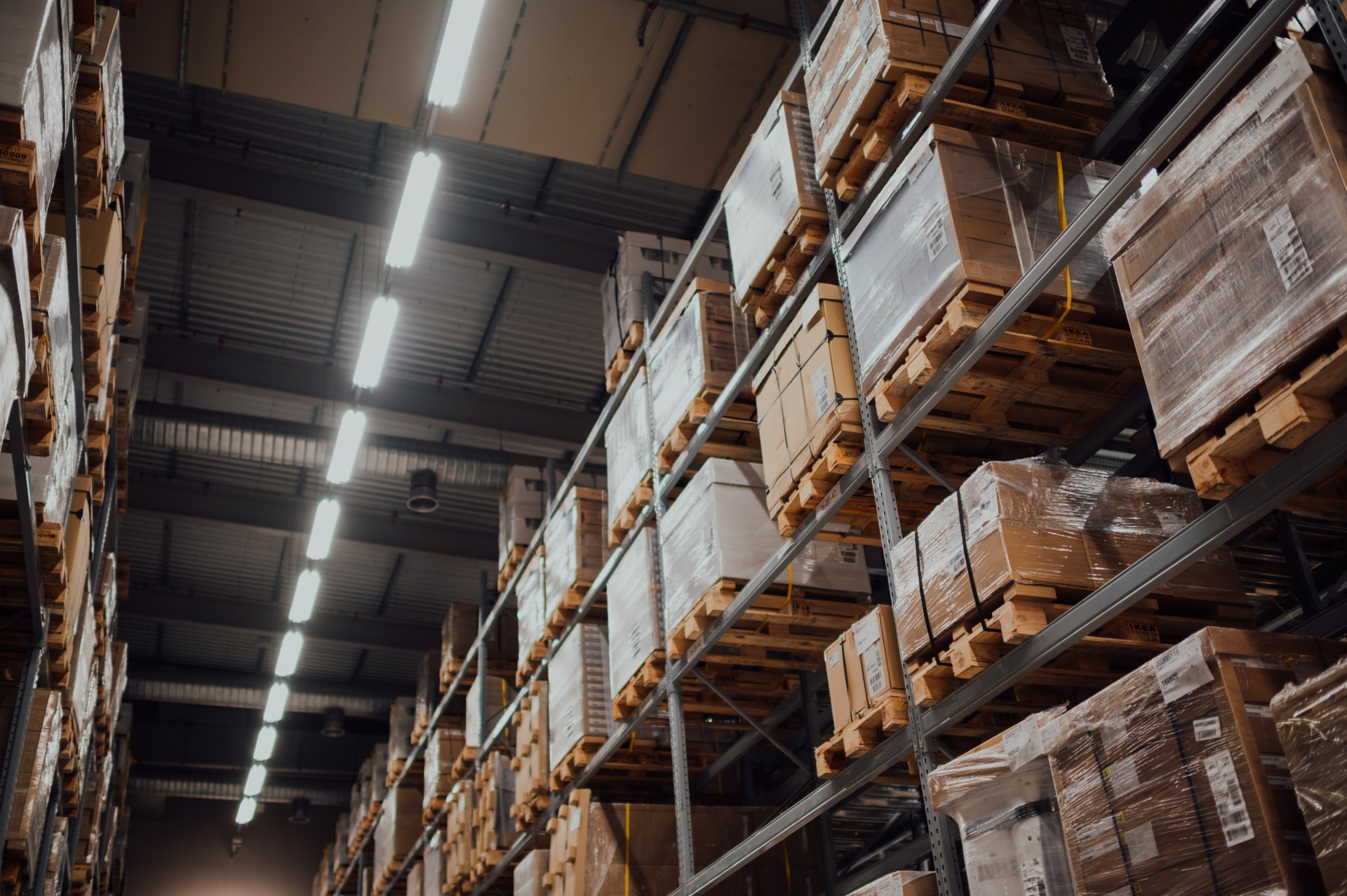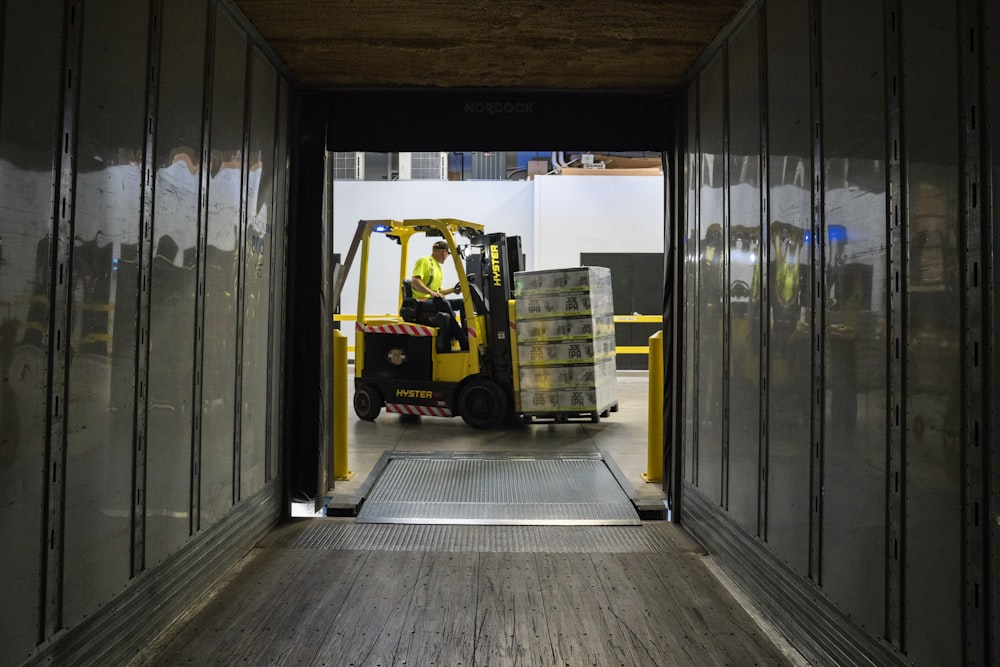Sustainable Warehousing Solutions: How warehouses can go green

Spending most of my teens and twenties in the relocation industry, there isn’t a single warehousing position I haven’t experienced. From sweeping floors to sales floors, I’ve seen first-hand the inner workings of warehousing in the United States. I have witnessed and felt the back-breaking grind the good, hard working people of this industry go through day in and day out. I have also seen the various ways in which this industry has inadvertently contributed to the environmental challenges we face today.

Each of the approximately 19,000 warehouses across the US require a tremendous amount of energy to run. While newly built warehouses contain more sustainable features, the bulk of these buildings are older and not operating as efficiently as they could be. Fortunately, changes could be made to paint these wasteful behemoths green.
Solar Power Sorcery
With most warehouses having ample roof and parking lot space, the addition of industrial solar panels could possibly power an entire operation and then some. Through a commercial property assessed clean energy program, or C-PACE, it is now easier than ever for warehousing businesses to acquire low-rate funding to tackle projects such as these. While this may not be the case for every project, it’s entirely possible over time for solar panels to save more money than they initially cost.
Not only will the addition of solar panels relieve the grid of the warehousing industry’s massive energy consumption, but these businesses now have the potential to generate more energy than they consume. By selling this energy back to the grid, a warehousing operation could actually make money while drastically reducing the size of their carbon footprint.
Wielding Your Power Properly
Whether a warehouse utilizes solar energy or not, it is important to wield electricity in an efficient manner. Most warehouse forklifts and cherry-pickers are powered by propane gas, which has been incorrectly marketed as a clean fuel source because of its relatively low carbon monoxide emission levels. Created by heating and distilling crude oil that has been extracted from the earth, propane is far from harmless. Especially considering these tools are operated indoors by humans, going electric has many lasting benefits.

Another energy suck most plaguing most warehouses is light. Keeping large spaces like these well-lit is vital to the safety of any operation’s employees. By replacing dated lighting fixtures with LED lights, warehousing businesses can get more bang for their buck. With the addition of timers and motion sensors, it can be ensured that energy is only being consumed when it’s absolutely necessary.
Heating, Ventilation, and Air Conditioning
Keeping a massive open space cool during the summer and warm during the winter requires a ton of energy, but there are ways to keep that energy hog of an HVAC system at bay. One of the best things a warehousing operation could do is to keep this system maintained and replace it entirely every 15 to 20 years. With the average age of a warehouse in the US being 34 years, odds are many of those buildings are still running that original system.
While this process costs a pretty penny, the price pales in comparison to the extreme energy cost of running the AC straight through the summer. To help an existing HVAC system run as efficiently as possible, making sure the facility is properly insulated and void of any cracks in the concrete is also key. Cool Roof coatings, which reflect sunlight and absorb less heat, are another way to drive cooling costs down during those rough summer months.
Biodegradable Packaging and Electronic Paperwork
For warehousing operations that pack and ship goods, purchasing biodegradable packaging materials would contribute to the fight for a healthier planet in a major way. In the United States alone, 850 million metric tons of paper and cardboard are thrown away each year. While most people do their best to recycle, the majority of this waste ends up in landfills or in our woodlands and oceans. While traditional cardboard biodegrades rather quickly, in doing so it releases methane gas into our atmosphere. By using biodegradable packaging, a warehousing operation can rest assured that they are positively impacting the environment regardless of their customer’s recycling habits.

Throughout my final years working in this industry, the amount of paper wasted on a daily basis was truly shocking. Using three-part paper to obtain signatures on contracts, shipping and receiving slips, and other documents, my employer alone went through thousands of reems a year. With the advent of tablet and smartphone friendly warehousing systems, these dated methods could easily become a thing of the past. Cost wise, this one is a no brainer, as a single iPad is equal in price to 13 cartons of paper.
Taking all of these steps would drastically reduce the size of a warehousing operation’s carbon footprint, but that’s not realistic for most small business owners. When it comes to creating a better, more sustainable world, no step is too small. Even just one of these changes could yield lasting, noticeable results.
As always, stay tuned to Planet Home for more ways in which you can impact change through your everyday actions.


Leave a Reply